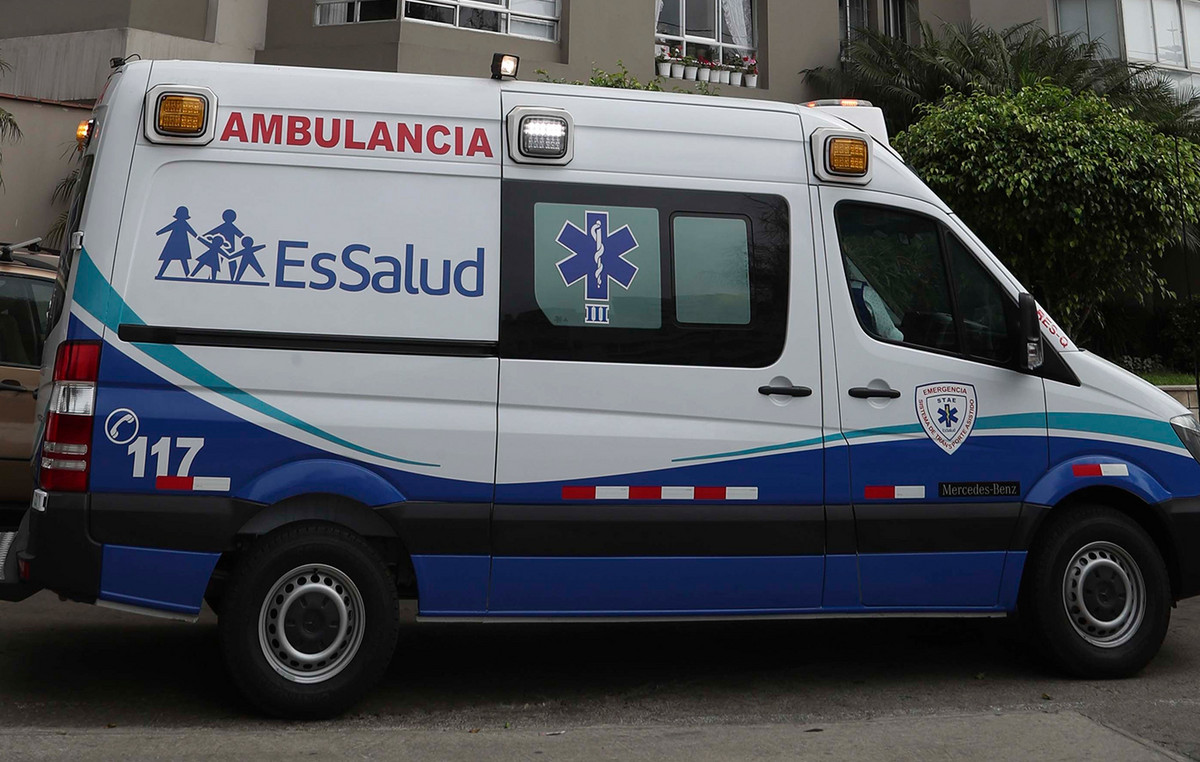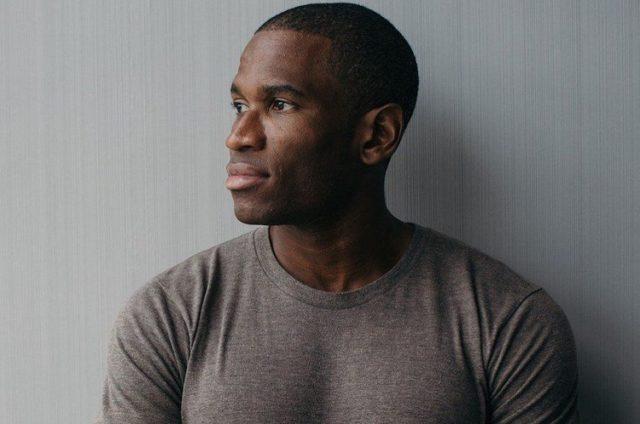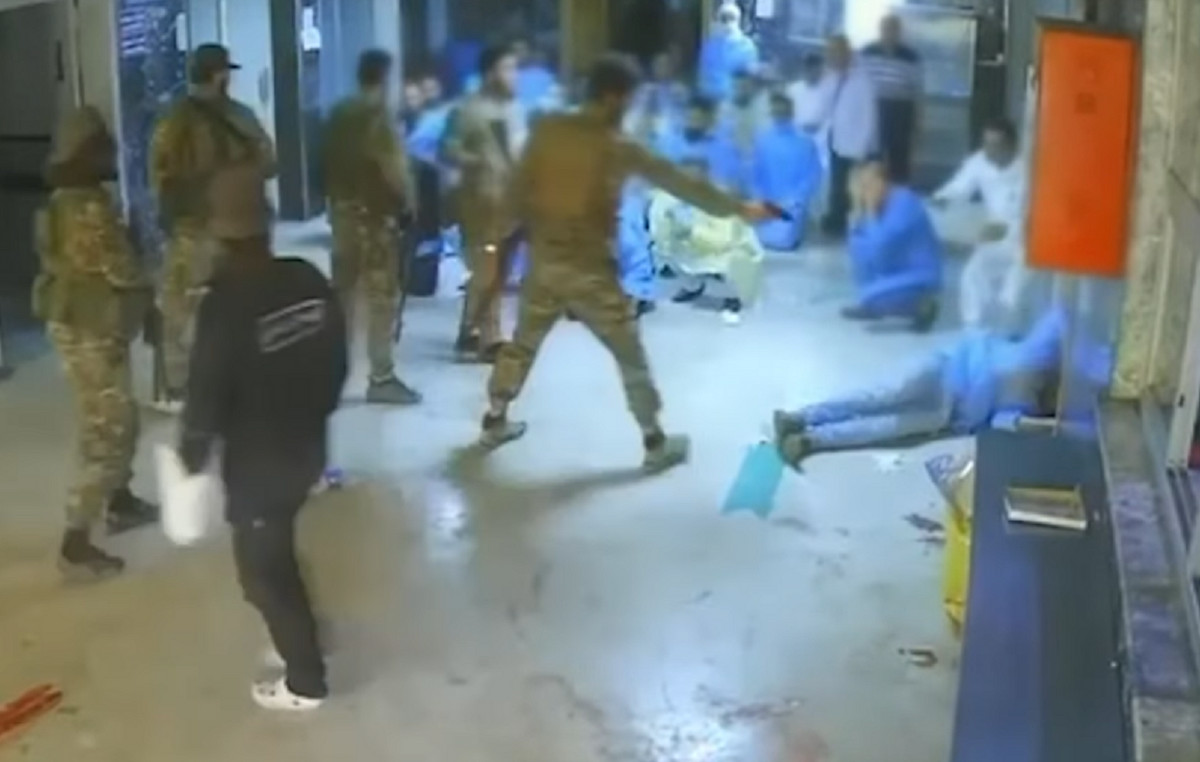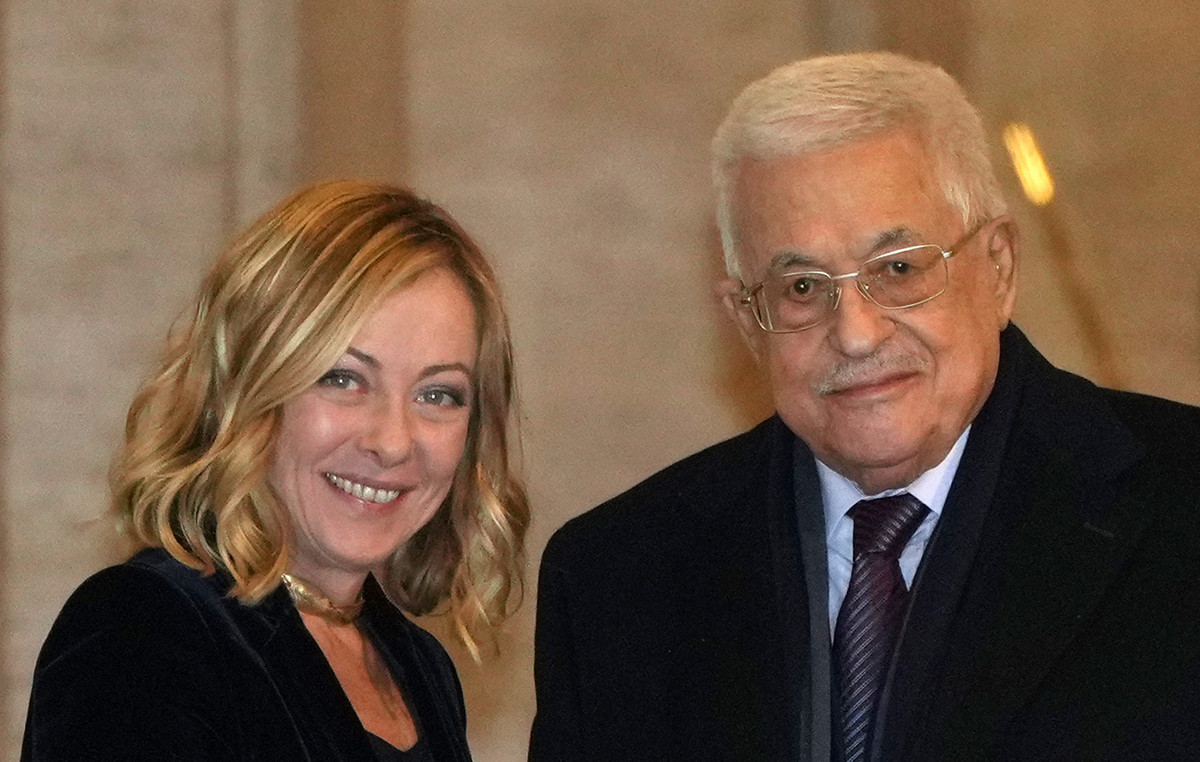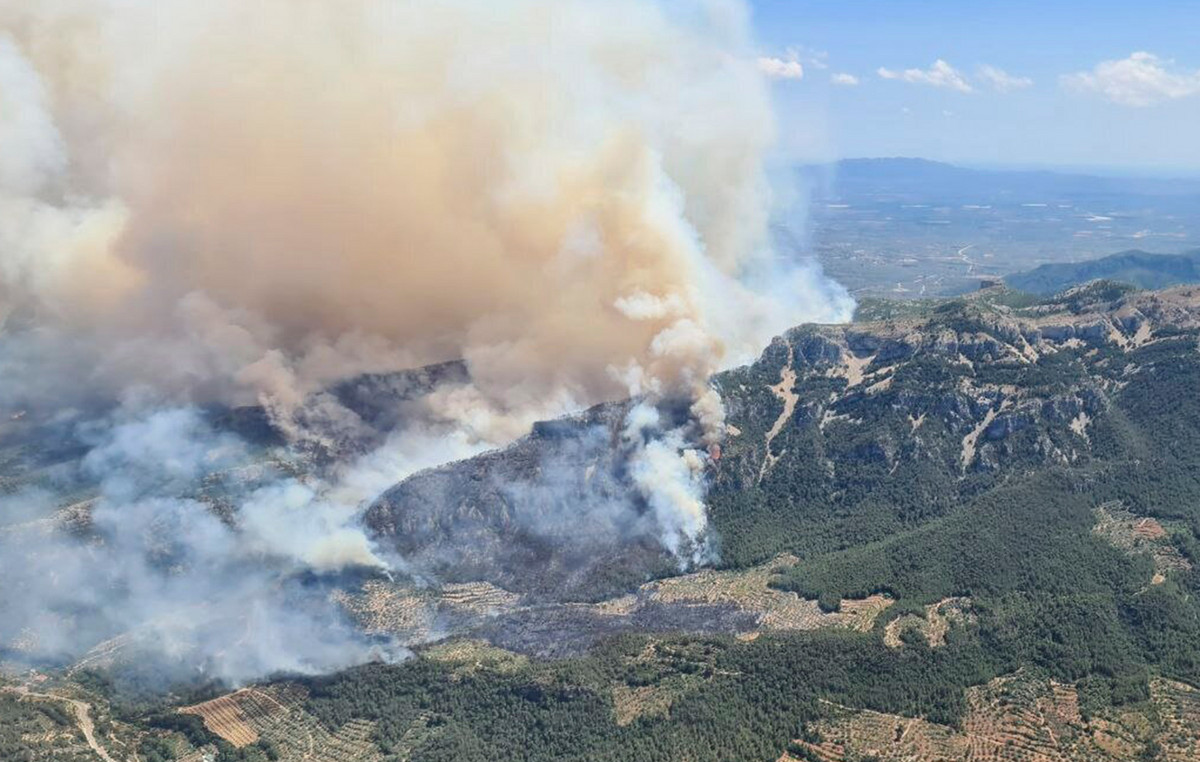A place for women, made by women: that’s what Umoja, a village in Samburu county, in northern Kenya, is all about. It looks a lot like other tribal or manyatta settlements – with pastures and huts all around, where communal life is the norm – except for one thing: there are no men.
Umoja is the Kiswahili word for “unity”, and it is clear that this concept is at the heart of this community. Founded in 1990 as a sanctuary for Samburu women escaping gender-based violence, Umoja is a home for women of all ages. Male entry is prohibited to create a safe space for girls and women who are survivors of sexual violence and abuse, marginalized by their families, as well as those escaping child marriage or female genital mutilation (FGM).

Ghanaian photographer Paul Ninson first found out about the women of Umoja in a blog post and decided to go to Kenya to photograph this village in 2017, in part because he felt these stories “needed to be told from an (African) perspective. With no prior contact with the women, he made the trip blind, knowing only the general location of the village.
Umoja’s first members were from remote Samburu villages scattered across the Rift Valley. The exact numbers wax and wane, but for the most part, this self-sustaining village is home to around 50 families made up of women and their children and continues to educate its residents about women’s rights and gender-based violence. Any male children of the women may live in the village until they turn 18.
He says access was very difficult and was only welcomed by the women after explaining the reason for his visit, adding that they were “very, very happy” when he showed them the photos he took.

The lifestyle of those who live there is modest, with the women working to earn money with food and educational resources for the children of the village and some of the women themselves. Located about a kilometer from Umoja is a camp where many tourists stay when they visit the region to explore the famous Maasai Mara wildlife reserve.
Tourists wishing to visit Umoja pay a small entrance fee and can purchase elaborate beaded jewelry and other crafts handcrafted by the women of Samburu.
“Community Storytelling”
“Village with no men” is one of several photographic series by Ninson, who said he aims to capture images that “raise awareness of social, environmental or political issues and inspire people to take action, provoke reflection and discussion about important topics”.
He decided to travel to other African countries to share “untold or untold stories of people from the continent” – an element of what he calls “community storytelling”.
“Us [África] we have narrative problems; how we’ve been portrayed time and time again,” Ninson said. This, she added, is a consequence of Africa’s stories being told by outsiders.

After expanding his portfolio with images he captured in Ghana, Kenya and Ethiopia, Ninson went to New York to study at the International Center for Photography in 2019, where he worked closely with a friend and mentor, Brandon Stanton, of the storytelling platform “Humans from New York.”
In an email to CNN, Stanton said he has been inspired by Ninson’s talent and drive ever since the pair met in Ghana in 2016, when Ninson shared his desire to become a professional photographer. Though Ninson says she learned a lot from working with Stanton during that time, Stanton added that Ninson’s faith has been a strong example for him, describing him as her “kind of spiritual advisor”.
Africa’s largest photography library
It was while exploring New York as a student that Ninson began accumulating photobooks written by and about Africans — books Africans didn’t have access to at home, he said.
Ninson decided to buy as many as possible to ship to Ghana, keeping them in his apartment until he ran out of space and needed a storage unit. Eventually, with support from Stanton and the Humans of New York platform, he raised over $1 million to fund the first phase of the Dikan Center in Accra, the capital of Ghana – Africa’s largest photography library and visual education space, opened in December 2022.
Stanton, who attended Dikan’s opening, said watching Ninson build the center was “surreal”.

“He took on a leadership role easily and intuitively. So many people who meet him go away feeling like they’ve met a future leader of Ghana,” said Stanton, adding that “(Ninson) was so successful in launching the Dikan Center that it’s often forgotten that he is an elite photographer.”
Ninson said that Dikan, which means “to take the lead” in the Twi language, is a space that has already begun to teach other storytellers on the continent through workshops and classes, offering free use of the vast library of photobooks and holding exhibitions. of pictures .
Its aim, Ninson said, is “to connect people with each other and the world around them,” and he plans to return to Umoja next year.
“I believe in the power of storytelling,” he added. “It has the power to bring people together and help us see the world in new and unexpected ways.”
Source: CNN Brasil
Bruce Belcher is a seasoned author with over 5 years of experience in world news. He writes for online news websites and provides in-depth analysis on the world stock market. Bruce is known for his insightful perspectives and commitment to keeping the public informed.


